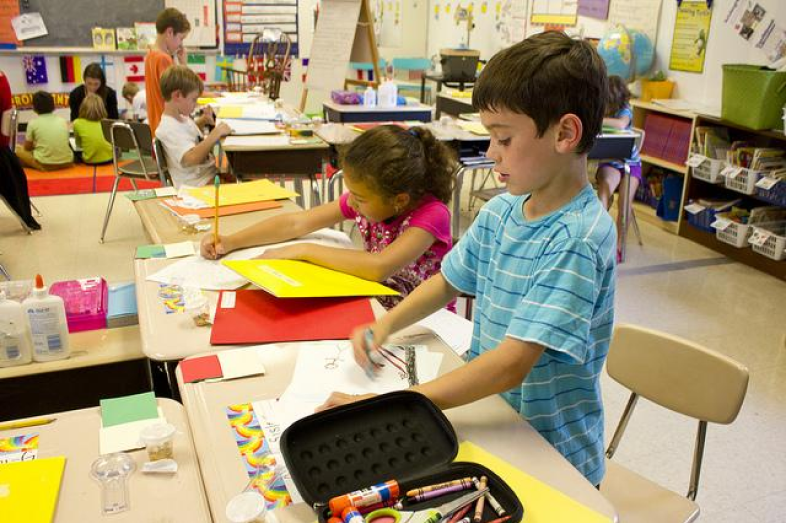

On Wednesday, the U.S. Department of Education Office of Civil Rights released its latest Civil Rights Data Collection, a comprehensive database with information from just about every public school in the nation from the 2013-14 school year. Most of the information is disaggregated by race and ethnicity, sex, English-language proficiency and disability. (Education Week has some helpful background information here.)
Here are some key points the data tell us about Hispanic students:
Population
- Hispanic or Latino students represent nearly a quarter (24.7 percent) of students enrolled in American public schools, which are now 49.7 percent non-white.
Access
- Hispanic and black students appear to have less access to high-quality teachers than their white peers. Ten percent of teachers in schools with high Latino and black enrollment were in their first year of teaching, compared with 5 percent of teachers in largely white schools. And black, Hispanic and Native American students were more likely than their white peers to be enrolled in the schools where more than 20 percent of teachers hadn’t met state licensure requirements.
- Hispanic and black students have less access to advanced courses than their white peers. As Emma Brown of The Washington Post reports, “Just 48 percent of the nation’s high schools offer calculus, for example, and the proportion is even lower — 33 percent — among schools with predominantly black and Hispanic populations.”
- Though English-language learners make up 11 percent of students at schools that offer gifted and talented programs, fewer than 3 percent are enrolled in these programs. (Check out this great story by NPR’s Claudio Sanchez about a rare district in Arizona that’s working hard to change this.)
Discipline
- Latino, black and American Indian or Alaska Native students were disproportionately suspended from school.
- Also related: Among high schools where more than 75 percent of students were black and Hispanic, 51 percent had a law enforcement officer. Latinos were 1.4 times more likely than whites to attend a school that had a law enforcement officer and no school counselor.
Education Week reports that U.S. Secretary of Education John King said during a conference call this week, “Our systemic failure to educate some groups of children as well as others tears at the moral fabric of the nation,” adding, ”we still fall far short” of educational equity.


